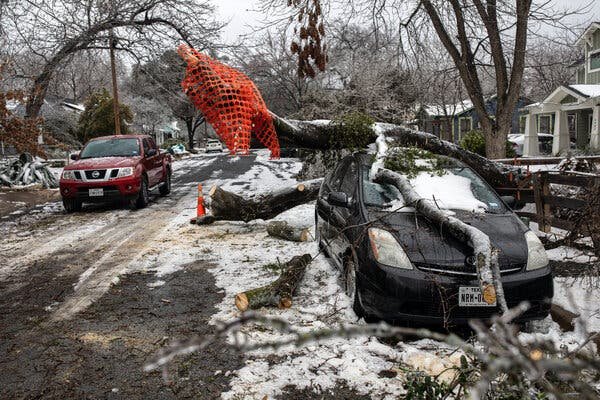As rich countries continue securing enough vaccines to inoculate their population against the COVID-19 virus in what is known as the biggest vaccine campaign in history, poorer countries haven’t been able to keep up.
To address this issue, a few weeks ago, a global initiative began under the name of COVAX, the COVID-19 Vaccine Global Access Initiative. Despite the many obstacles in bringing vaccines to developing countries, COVAX may be our best chance to reach them.
What is COVAX?
COVAX is part of the Access to Covid-19 Tools (ACT) Accelerator. ACT is a collaborative global framework born out of a call from G20 leaders, back in March 2020. It was launched later on by the World Health Organization (WHO), the European Commission, France, and the Bill and Melinda Gates Foundation in April 2020.
According to the WHO, the ACT Accelerator is based on three pillars: diagnostics, therapeutics, and vaccines.
COVAX, which is the vaccine pillar, is managed by three partnering agencies: The Vaccine Alliance (Gavi), the Coalition of Epidemic Preparedness Innovations (CEPI), and the WHO.
The main purpose of this initiative is to procure and equitably distribute two billion doses of COVID-19 vaccines across 200 countries by the end of 2021 through the COVAX Facility mechanism. Above all else, it aims at ensuring that 92 middle and lower-income countries that do not have the financial means to pay for the vaccines independently receive fair access to them. The end goal is that developing countries have the same access to vaccines as higher-income countries, and that they have them during the same time frame. the same way higher-income nations do and during the same time frame.
Gavi is in charge of providing the COVAX Facility enough doses by striking deals with vaccine manufacturers. UNICEF and its partners are in charge of the delivery schemes of the vaccines to the countries in need.
Countries of all economical levels can participate in COVAX, either by self-financing the vaccines or through a separate financing instrument called the Gavi COVAX Advance Market Commitment (AMC). The AMC is aimed at helping the previously mentioned 92 middle and lower-income countries to access free vaccines. It is funded principally through government aid and contributions by the private sector.
Self-financing participants will be guaranteed sufficient doses of the vaccines to protect a certain percentage of their population according to how much they buy into the project. The richer countries have to pay a premium to subsidize poorer ones. These middle to lower-income countries will receive enough vaccine doses to inoculate up to 20% of their population in the long term in function of funding disponibility.
The President and CEO of UNICEF USA, Michael Nyenhuis, told ABC News in a recent interview that they have “about a million doses total to begin with and that will just begin accelerating now.” All the necessary planning has been done in these countries, like ensuring that the supply chains, the health systems, refrigerators and vaccinators are ready to act according to plan.
On February 24th, Ghana was the first recipient of the COVAX initiative by receiving 600,000 doses of the Astra-Zeneca vaccine. On Friday, the 26th of February, Côte D’Ivoire received 504,000 doses of the same vaccine. Several Asian countries are next in line and should receive doses in the upcoming days.
Photo: UNICEF Mali






